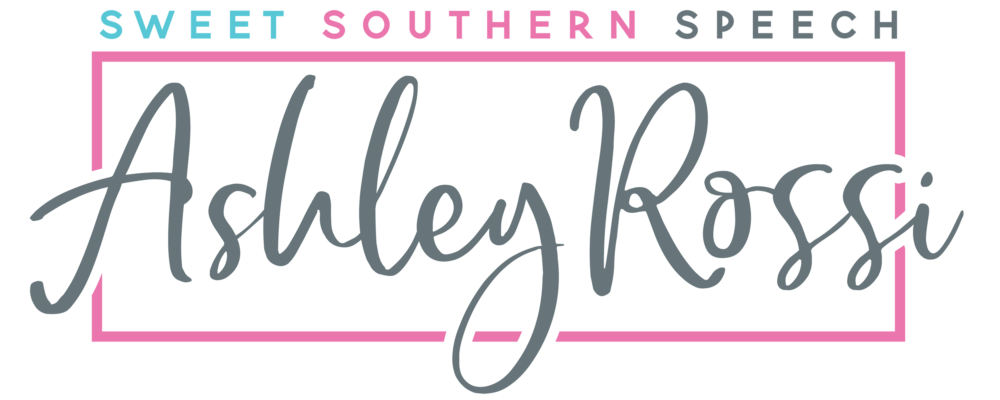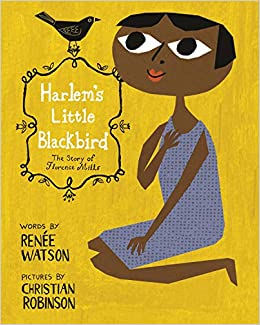Born to parents who were both former slaves, Florence Mills knew at an early age that she loved to sing, and that her sweet, bird-like voice, resonated with those who heard her. Performing catapulted her all the way to the stages of 1920s Broadway where she inspired everyone from songwriters to playwrights. Yet with all her success, she knew firsthand how prejudice shaped her world and the world of those around her. As a result, Florence chose to support and promote works by her fellow black performers while heralding a call for their civil rights. Featuring a moving text and colorful illustrations, Harlem’s Little Blackbird is a timeless story about justice, equality, and the importance of following one’s heart and dreams.
This moving Black History and Women’s History Month book can be used in speech therapy to address social/emotional issues like perseverance. It is also great for sequencing and for targeting similes and inferencing as well as for/fl/ and /s/ sounds! Discover more of the speech and language teaching concepts for using Harlem’s Little Blackbird in speech therapy below:



